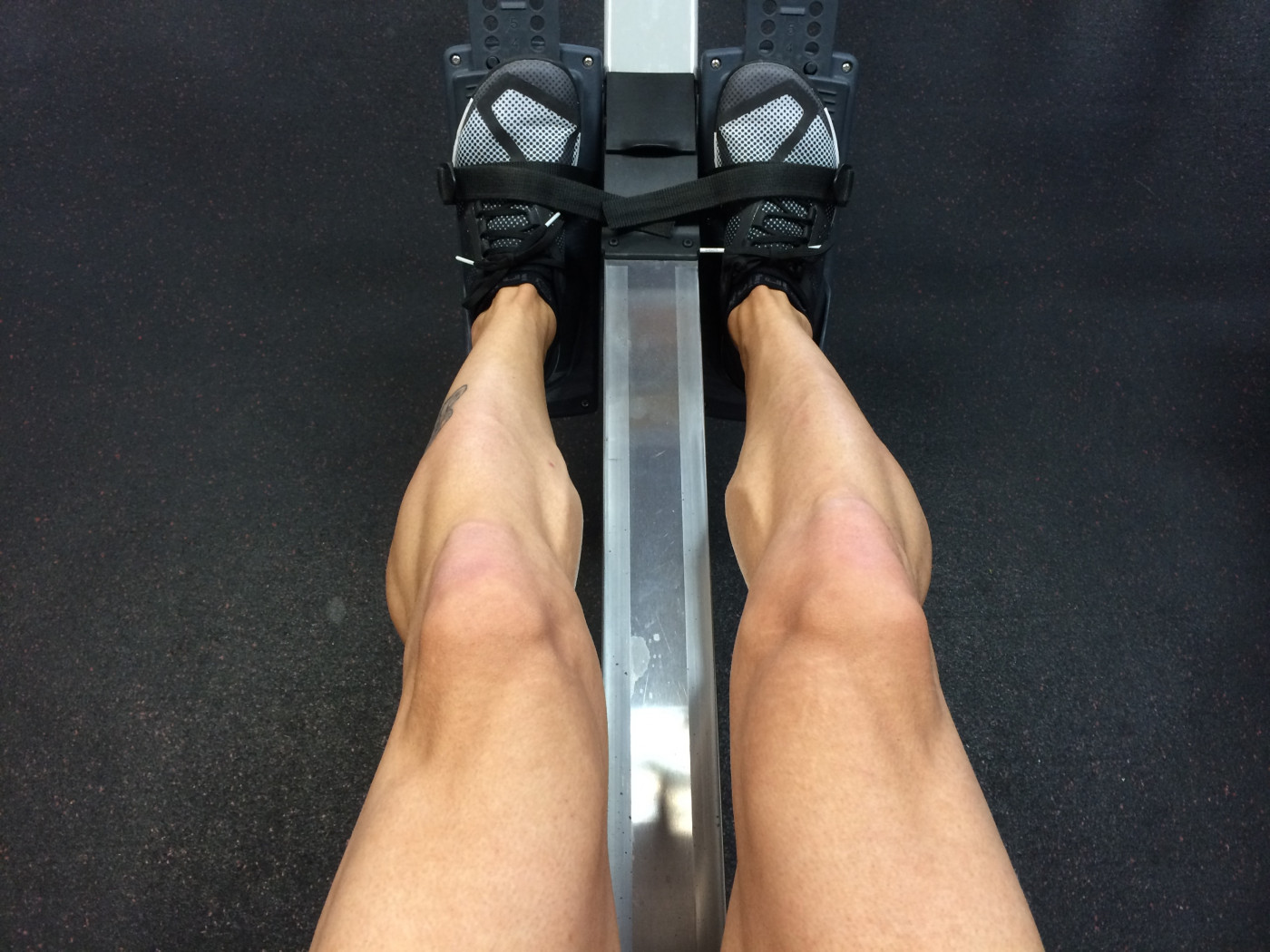Muscle Rehabilitation Exercises Safe, Effective for People with Severe Hemophilia, Study Suggests

Moderate muscle rehabilitation exercises — based on the use of elastic bands or training machines — are safe and effective for people with severe hemophilia receiving prophylactic (preventive) treatment, a study suggests.
The findings of the study, titled “Electromyographic and Safety Comparisons of Common Lower Limb Rehabilitation Exercises for People With Hemophilia,” were published in the journal Physical Therapy.
Hemophilia is a genetic blood disorder that affects the body’s ability to make blood clots to prevent excessive bleeding. Due to the lack of clotting, people with hemophilia may experience spontaneous bleeding episodes in different parts of the body. When these bleeding episodes happen in the joints, patients may develop arthropathy, or joint disease.
“Progressive joint damage causes pain, reduced range of motion, and reduced muscle cross-sectional area and strength, affecting function and quality of life,” the researchers said. “Thus, strengthening exercise should be a cornerstone of rehabilitation programs, being even more relevant with aging and severe arthropathy due to muscle wasting and strength loss.”
While physiotherapy has long been recommended for people with hemophilia, no studies have ever explored which types of muscle rehabilitation exercises — specifically ones targeting the lower limbs, or legs — might be safe and beneficial for patients with severe hemophilia and joint disease.
In this study, researchers from the University of Valencia in Spain, and their collaborators, set out to assess the safety and effectiveness of leg muscle rehabilitation exercises in these patients. The team evaluated exercises based on both external resistance — using elastic bands or conventional training machines — and non-external resistance, or unaided muscle contraction.
The cross-sectional study enrolled a total of 11 people with severe hemophilia who were receiving prophylactic treatment to avoid spontaneous bleeding episodes.
All patients participated in a single experimental session, in which they were asked to perform two different muscle rehabilitation exercises — knee extension and ankle plantar flexion — in three different conditions in a random order. The participants were asked to use an elastic band, for elastic resistance, and a conventional training machine, for machine resistance. They also had to simply contract their muscles unaided, for no external resistance.
Investigators monitored the electrical activity of several leg muscles using a technique called surface electromyography (EMG) while patients were performing the different exercises.
Study participants also were asked to complete a short questionnaire rating their exercise tolerability. The scale ranged from “very well tolerated” to “not tolerated.” The questionnaire also asked participants to describe any adverse events they had experienced in the 24 and 48 hours following the session.
During the knee extension exercise, EMG measurements in the rectus femoris — the muscle that goes along the upper thighs to the knees — revealed that muscle activity was 29-30% higher when the exercise was based on external resistance (using elastic bands or machines) than without external resistance (unaided muscle contraction).
Likewise, during the ankle plantar flexion exercise, EMG measurements in the gastrocnemius lateralis, or the muscle that sits on the back of the leg, below the knee, showed that muscle activity was 34% higher when the exercise had been performed using conventional training machines than without external resistance.
Participants rated the exercises as tolerable and none reported any adverse effects following the experimental session.
“Elastic bands and machines are safe, feasible, and efficient for people who have severe hemophilia and are undergoing prophylactic treatment, providing comparable muscle activity levels during knee extension and ankle plantar flexion exercises performed at moderate intensity,” the researchers said.
The team said elastic band were a particularly good option for people with hemophilia.
“Because elastic bands are portable and are tolerated slightly better than machines, they can be considered a real alternative for supervised rehabilitation programs and the first choice for home-based training in people who have severe hemophilia and are receiving prophylactic treatment,” the investigators said.






